Self-assembling peptide and protein amyloids: from structure to tailored function in nanotechnology
- PMID: 28530745
- PMCID: PMC6364806
- DOI: 10.1039/c6cs00542j
Self-assembling peptide and protein amyloids: from structure to tailored function in nanotechnology
Abstract
Self-assembled peptide and protein amyloid nanostructures have traditionally been considered only as pathological aggregates implicated in human neurodegenerative diseases. In more recent times, these nanostructures have found interesting applications as advanced materials in biomedicine, tissue engineering, renewable energy, environmental science, nanotechnology and material science, to name only a few fields. In all these applications, the final function depends on: (i) the specific mechanisms of protein aggregation, (ii) the hierarchical structure of the protein and peptide amyloids from the atomistic to mesoscopic length scales and (iii) the physical properties of the amyloids in the context of their surrounding environment (biological or artificial). In this review, we will discuss recent progress made in the field of functional and artificial amyloids and highlight connections between protein/peptide folding, unfolding and aggregation mechanisms, with the resulting amyloid structure and functionality. We also highlight current advances in the design and synthesis of amyloid-based biological and functional materials and identify new potential fields in which amyloid-based structures promise new breakthroughs.
Figures









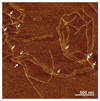








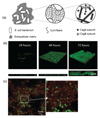






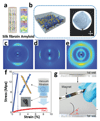
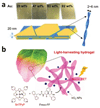

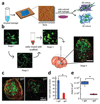





References
-
- Aguzzi A, O’Connor T. Nat Rev Drug Discovery. 2010;9:237–248. - PubMed
-
- Weber KT, Sun Y, Tyagi SC, Cleutjens JPM. J Mol Cell Cardiol. 1994;26:279–292. - PubMed
-
- Cen L, Liu W, Cui L, Zhang WJ, Cao YL. Pediatr Res. 2008;63:492–496. - PubMed
-
- Knowles TPJ, Vendruscolo M, Dobson CM. Nat Rev Mol Cell Biol. 2014;15:496. - PubMed
Publication types
Grants and funding
LinkOut - more resources
Full Text Sources
Other Literature Sources

